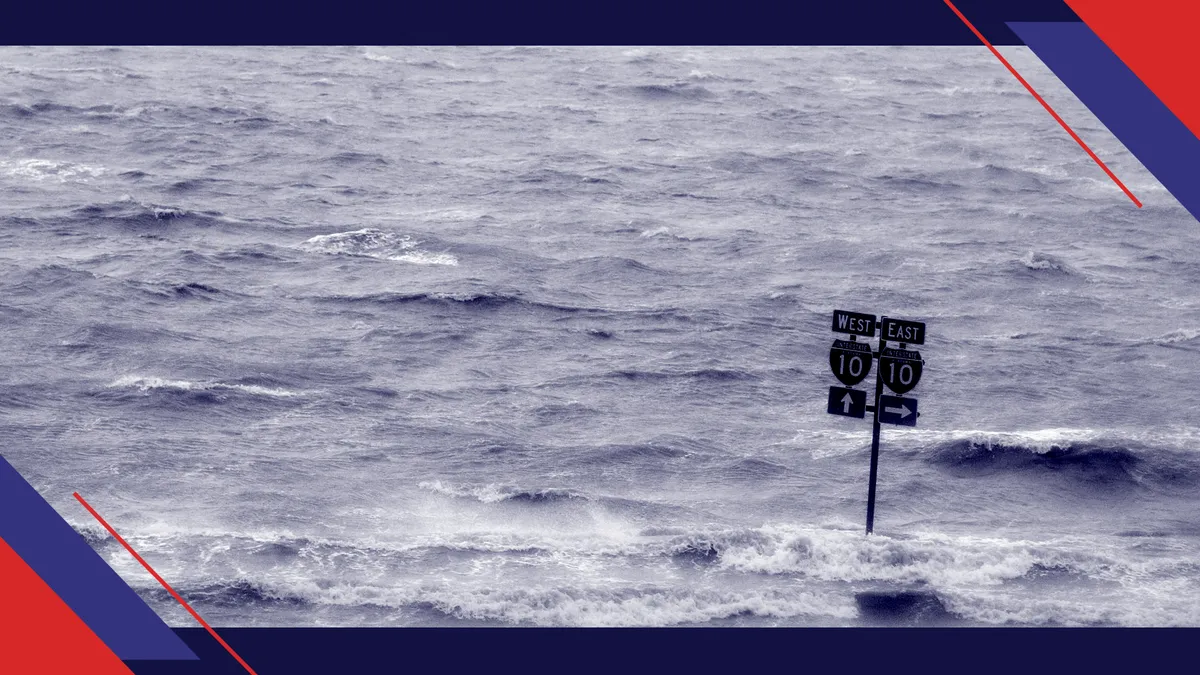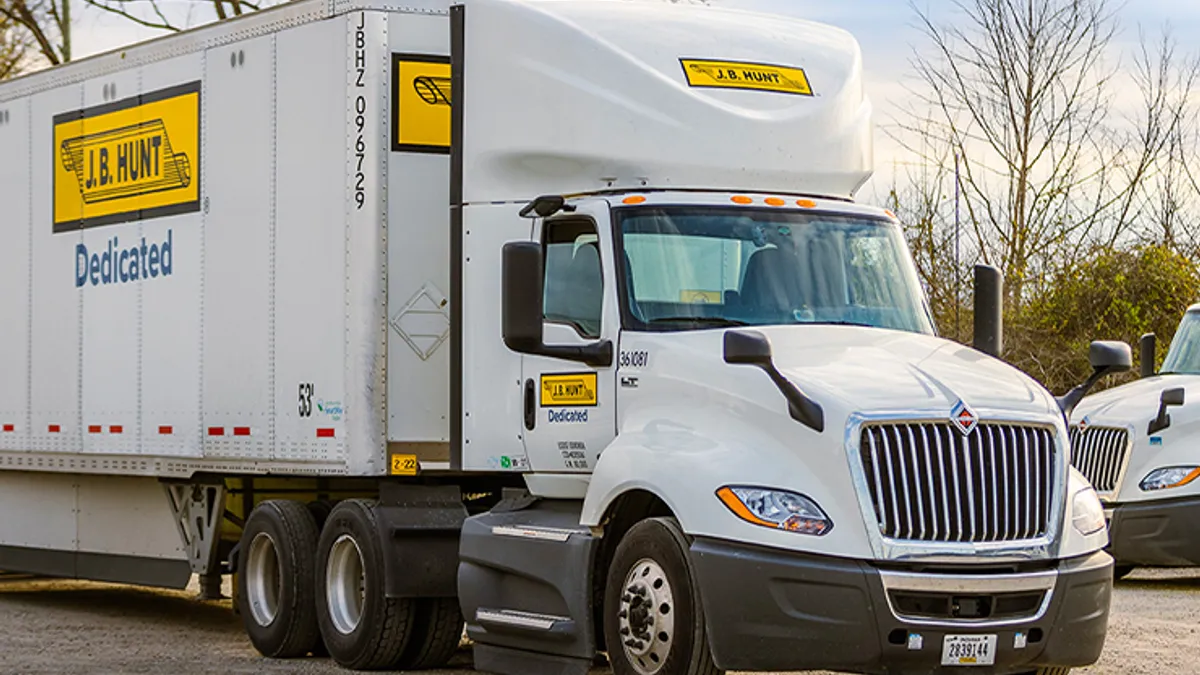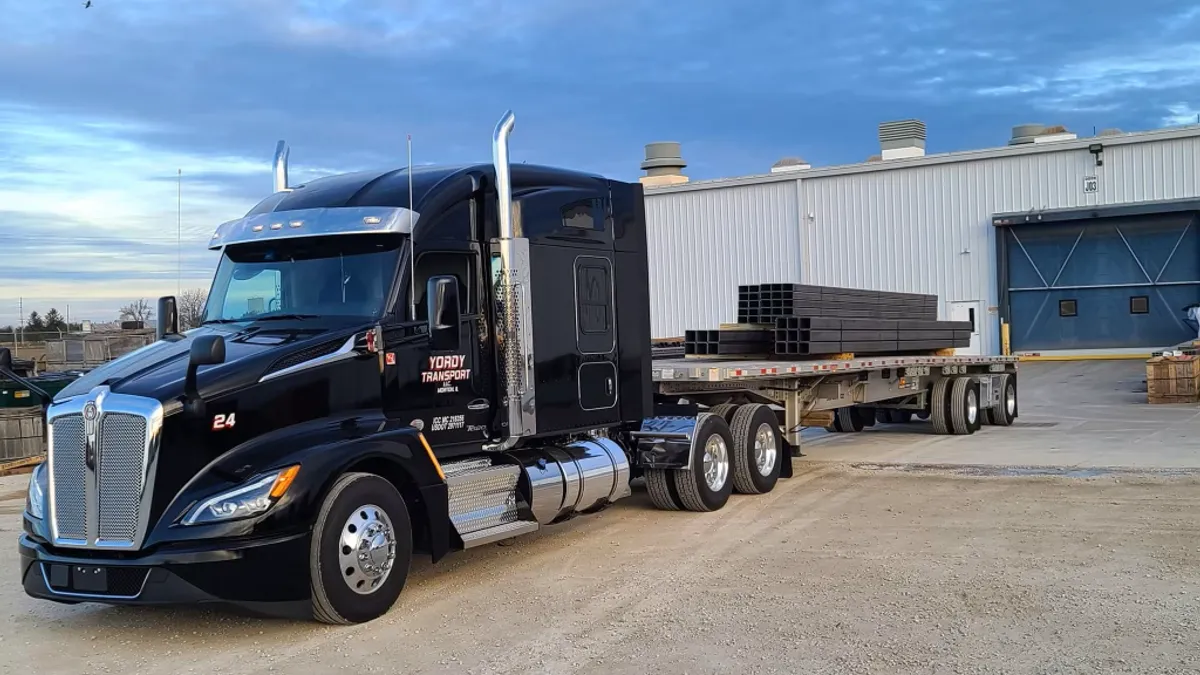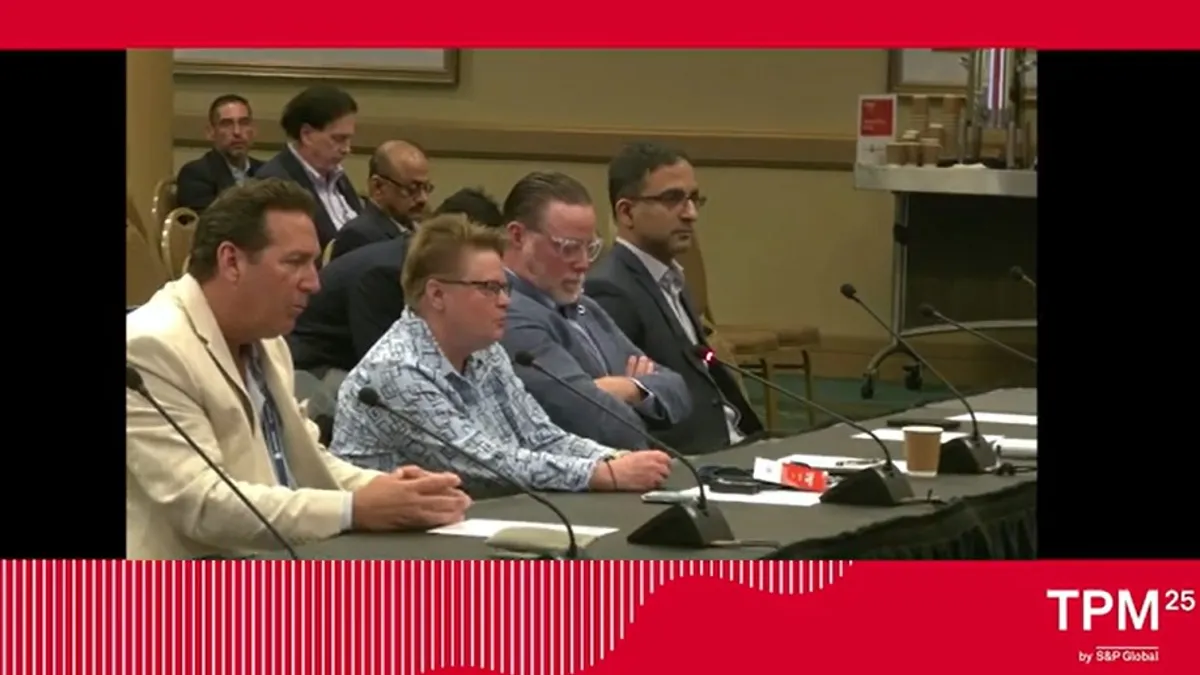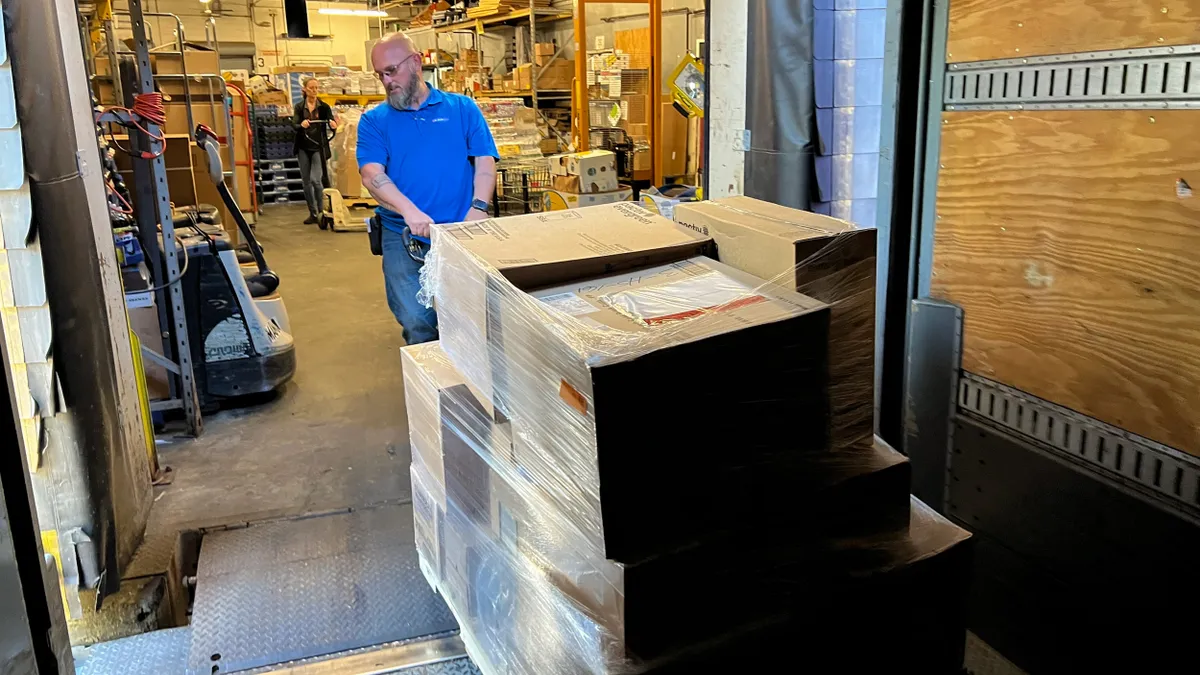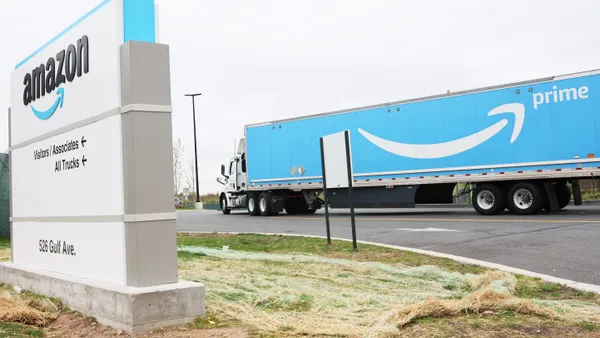This article is part of a series on the impacts climate change and severe weather have on supply chains. View the entire series here.
Storm season is upon North America, set to stress the infrastructure that was already under attack by multiple factors: age, heat, cold, ice, rain, congestion — even hackers who interrupted Colonial Pipeline operations using a ransomware attack.
In Washington, D.C., leaders are dithering and debating infrastructure again. In the meantime, on the streets and highways, fleet managers deal with the reality of infrastructure that can buckle or fail. The trucking industry girds constantly for infrastructure-related delays and rerouting.
For fleets, it's a double whammy. The storms delay fleet movement to begin with, but if the infrastructure is not up to snuff, floods and other types of events can develop, causing much longer delays.
Lately, infrastructure has been teaming up with weather to truly challenge logistics. Such was the case in February, when an unexpected "polar vortex" storm swept over the central part of the nation, and hit Texas the hardest.
Trucks pulled over to avoid wrecks on the Texas interstates, but then something arrived that was in no one's forecast: The cold weather froze wind turbines and natural gas wells, causing electrical outages.
The lack of power eventually made its way to other parts of the infrastructure, as water stopped pumping to Texas homes. The Texas grid was not winterized, and not prepared for a Northern-style storm, according to John Esparza, president and CEO of the Texas Trucking Association.
The Texas storm and infrastructure troubles, in the second-most populous state, also had unpleasant effects for the rest of the nation. Freight piled up in Texas warehouses, and the eventual unpacking of it all led truckload spot prices to remain high through April, according to Truckstop.com.
For CFI, 60% of its business runs between Laredo, Texas, and Detroit, according to Greg Orr, president of CFI and executive vice president of U.S. TL for TFI.
When the storm formulated, CFI officials jumped into action, trying to manage to divert trucks to other roads or to other parts of the United States, a common tactic for weather-watching managers.
Still, the polar vortex spread wide, and Orr said the Texas cold storm hit CFI intensely. CFI usually has 100 cases of drivers shutting down for a time in an average February. In February 2021, CFI had 4,000 drivers off the road.
Textbook risk planning, lane by lane
The double whammy of bad weather and infrastructure challenges in Texas and elsewhere was a bright yellow highlight in the textbook of trucking. If fleets were not aggressively eyeing infrastructure-related challenges to routing then, they are now.
CFI had already been using routing technology in its fleetwide systems. Orr said CFI used that tech when managers learned of problems at the Hernando de Soto Bridge, part of Interstate 40 over the Mississippi River. A contractor for the Arkansas Department of Transportation inspecting the bridge "discovered a mechanical fracture ... in a steel support beam that is crucial for the structure of the bridge," according to the state DOT's website.
The bridge was immediately shut down, in coordination with the Tennessee DOT. Traffic under the bridge was also rerouted. The Arkansas Trucking Association said trucking loses $2.4 million each day the bridge is closed.
"We put drivers around that area without incurring too many extra miles," said Orr.
CFI monitors the state DOTs, site by site. But a better resource may be CFI's drivers, who report problems as soon as they see them.
"Drivers' eyes and ears are important," said Orr. "Probably ... the most important, to be honest."
When CFI's drivers report a problem, fleet managers then respond by rerouting other drivers who are headed to the same spot.
On the shipper side, risk management and planning are executed in a similarly minute manner.
"Road construction and major infrastructure projects' risk assessments are typically conducted on a lane-by-lane basis," Ron Greene, vice president of business development for Overhaul, a supply chain visibility and risk-management technology provider, said via email.
Greene said risk assessments take all four transportation modes into account (air, rail, sea and road) and look for possible bottlenecks. "This is combined with planning for alternate routes [and] modes if there are infrastructure failures or disruptions (social unrest, labor disputes, etc.)," he said.
Moving equipment ahead of the storm
Greene said most road-construction projects do not fully interrupt commerce, and government officials try to limit delays and congestion as much as possible.
But in case of weather and infrastructure delays, CFI has communication tools like the on-board computers and ELDs. Managers watch for storms or infrastructure closures or hazards. When a storm threatens an area, CFI will issue a pullback order.
"When we know for sure ... we will ensure our equipment is pulled out of there," said Orr. Such an order usually comes three days before the storm arrives, "because you don't know which way [the storm] will move."
"Drivers' eyes and ears are important. Probably ... the most important, to be honest."

Greg Orr
President of CFI, and Executive Vice President of U.S. TL for TFI
Greene said the smaller the fleet or supply chain company, the less likely it is that is has planned for unexpected delays.
"If changes are needed to be made quickly, most large companies have alternate routes and additional transportation partners engaged," Greene said.
Some of the planning involves many days of lost productivity. In areas where infrastructure is usually hammered by rain and then flooding — places such as Houston — CFI will try to move trucks out five to six days early.
Orr said CFI is aware of which regions are prone to flooding after storms. Trucks have to be moved before possible flooding "or you can write off the equipment."
In times when equipment cannot be moved, tractors are "pinned" together so they don't tip in windstorms.
Know the stress points
Esparza said Texas has been challenged by more and more "100-year storms." Multiple types of weather events can hit various parts of the state's diverse geography. But it's the coastal area, home to the nation's fourth-most populous city, that can get hammered hard by hurricanes.
In late summer 2017, Hurricane Harvey hit Houston and caused 68 deaths, of which 65 were caused by flooding. Damage costs exceeded $100 billion.
Esparza said other areas are vulnerable, too, and fleets need to know where the stress points are. In Austin, Texas, for example, there are 140 crossings that can flood, Esparza said. Fleets know those stress points and prepare accordingly when storms approach, he said.
One tool Texas fleets use to watch for infrastructure-related delays and closures is state data and warnings, issued at DriveTexas.org. The tools help fleets gather the information they need to avoid closed bridges and congested crossings.
Infrastructure news is more important when a bridge or road becomes unavailable, he said.
"It goes back to communication," said Esparza.
Esparza said the technology needed for the task is not lost on the industry, especially given the need to communicate between trucks about infrastructure closures and weather-related news.
"[Technology] is something you will continue to see trucking deploy," said Esparza.


